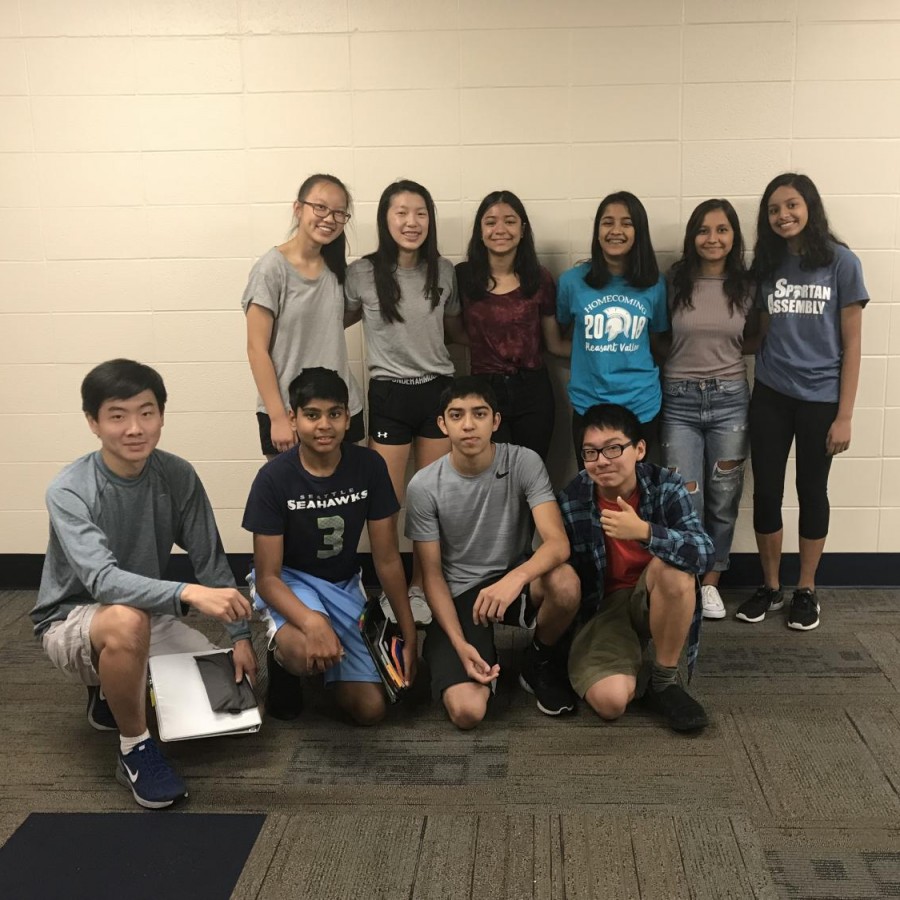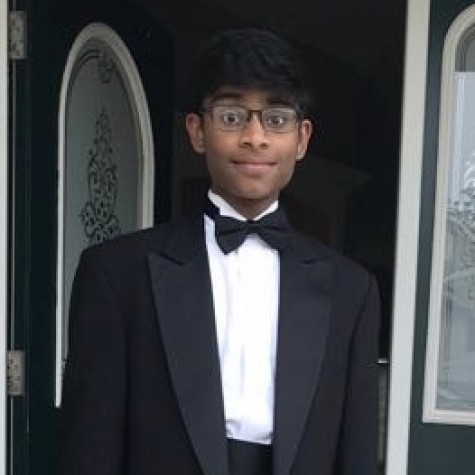Since the debut of Crazy Rich Asians, the longstanding issue of Asian representation has once again come back into the light. With a predominantly Asian cast, this leading box-office film has resonated deeply with many members of the Asian American community, breaking away from the norms of Asian representation in Hollywood.
While this film is a step towards a more promising future in Hollywood, it also has created a platform to discuss the long history of misrepresentation and underrepresentation in the industry, and the effects it has on many individuals in the Asian American community.
Over 20 million individuals in the United States are of Asian heritage, yet they only make up less than two percent of Hollywood’s leading actors and actresses. The common excuse tends to be “there aren’t enough roles for Asians.” However, numerous films provide evidence of the long-held practice of filming Asian stories by either casting white actors to play Asian roles, or “whitifying” the character to cater to their white cast.
There’s the classic Breakfast at Tiffany’s where Mickey Rooney played the role of Mr. Yunioshi. In doing so, Rooney partook in yellowface and was acting blatantly racist and offensive through his on-screen performance, emphasizing many East Asian stereotypes. This practice is even apparent in films appealing to young, impressionable demographics. Avatar the Last Airbender was based on an Asian cartoon, but the film casts several white actors to take on the roles of what were originally written with Asian characters.
Alongside the under-representation in the industry, hails misrepresentation. Popular shows like The Big Bang Theory, The Simpsons, and even Phineas and Ferb have depicted members of the Asian community as unappealing, socially awkward, and geeky losers who don’t possess any redeeming qualities. This stems from the lack of understanding in the writers’ room, where they typically capitalize on stereotypes to create content.
With the amount of influence pop culture has in our lives, I have seen how portrayals of the Asian community has affected the way people treat them. Just the other day someone said I smelled “Indian.” While it’s comments like these many of my peers, Asian and non-Asian alike, find light-hearted and funny, reinforcing these stereotypes lead to unconscious biases and mistreatment within politics, the workplace, and areas affecting our livelihood.
“Our parents don’t discourage us to go into the arts not just because of the lack of job security,” PV sophomore Sandro Xiao explains, “but also because of the lack of opportunity.” Unlike STEM where there is somewhat of an equal playing field, in the arts, it’s obvious that the scale is tipped more towards one group — and it’s not the Asian population.
As stated in an interview with Trevor Noah and film maker Hari Kondabolu: “The lack of representation fundamentally shapes how people see the world around them.” Crazy Rich Asians is not just an “unique” film that did well in the box office. It’s a beacon of hope for the Asian American community. Our experiences are finally being portrayed with a familiar voice, our characters no longer have to represent another stereotype, and our generation and those after us are getting the role models and inspiration we need.









